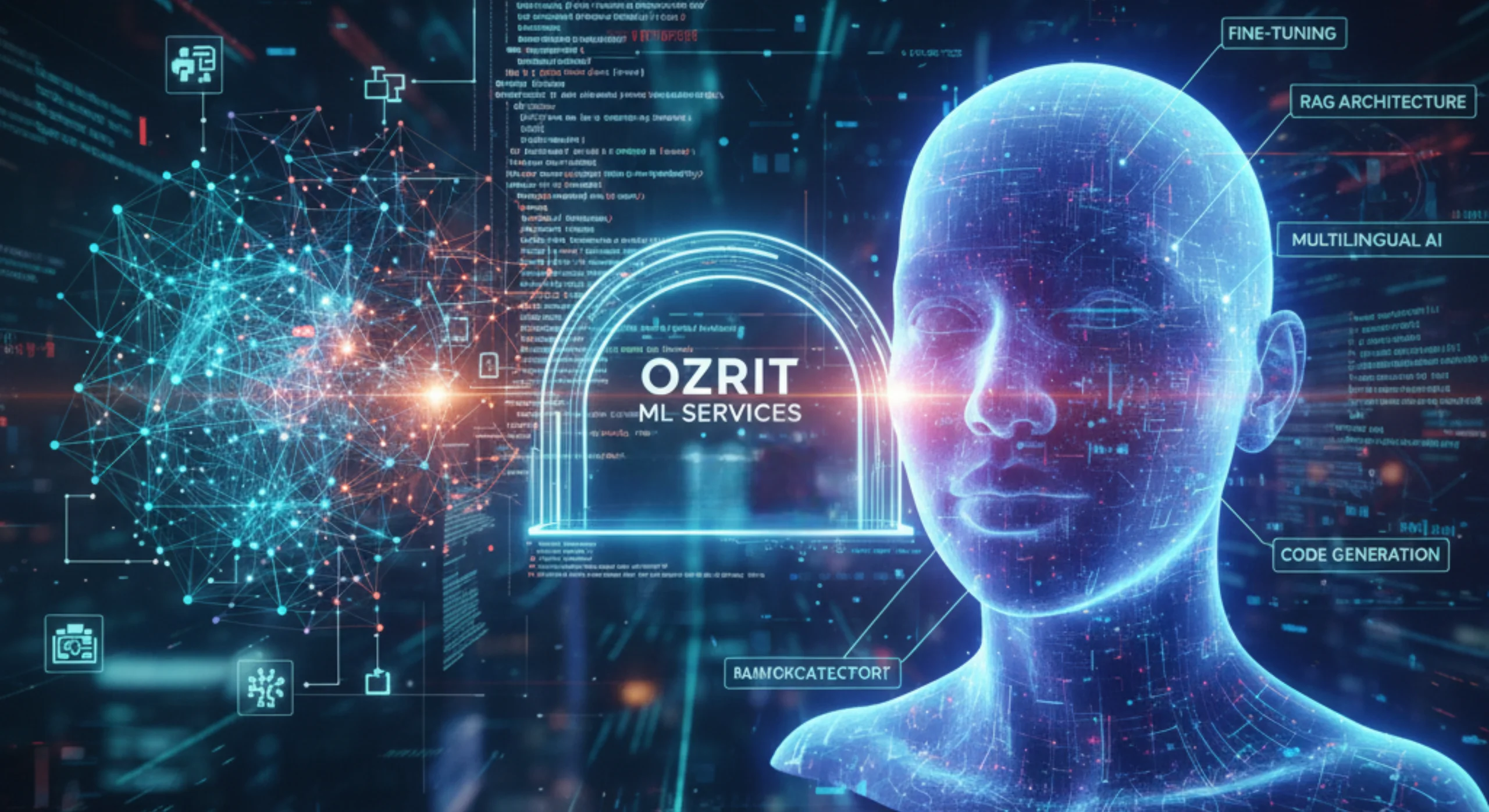How Indian ML Development Services are Integrating LLMs

The buzz around Large Language Models (LLMs) is everywhere these days. It reminds me of the early 2000s software boom, but on steroids. Everywhere you look, from the high-tech corridors of Hyderabad to the startup hubs in Pune and Chennai, companies are scrambling to figure out how to weave this new technology into their existing digital fabric. The truth is, building a true AI solution for a business today is no longer just about building a model from scratch. It’s about being smart about what you adopt, what you adapt, and what you custom-build. This shift is precisely how ML Development services are integrating LLMs to deliver real, measurable value for their clients.
Customising the Genius: Why Plain APIs Just Don’t Cut It
Imagine trying to navigate the complex traffic of a city like Bengaluru using only Google Maps’ default directions. It’s a good start, but it won’t tell you the shortcut through that back alley, or the best time to avoid the Silk Board signal. Similarly, while foundation LLMs from global tech giants are brilliant in general knowledge, they are often clueless about a specific business’s unique jargon, documents, or compliance rules.
This is where the real ML Development skill comes in. Instead of simply plugging in an LLM via an API, service providers are focusing on two key techniques: fine-tuning and Retrieval-Augmented Generation (RAG).
Fine-tuning involves taking a pre-trained model and training it further on a company’s proprietary, domain-specific data. For a legal tech firm in Delhi, this means the LLM learns to speak the language of the Indian Penal Code, not just the US code. This process customises the LLM’s personality and knowledge depth, making its responses far more relevant and accurate for a specific vertical.
Bridging the Knowledge Gap with Smart ML Deployment Strategies
The biggest challenge with LLMs is their tendency to “hallucinate” to confidently give a wrong answer, especially when dealing with new or obscure company data. To fix this, our service providers have enthusiastically adopted RAG architecture.
RAG essentially grounds the LLM’s response in real, verifiable company data. When a user asks an internal chatbot a question, say, “What is the new company policy for leave travel allowance as per the latest HR document?”, the system first retrieves the relevant paragraph from the company’s internal knowledge base (stored in a vector database) and then feeds both the question and the factual document chunk to the LLM. The LLM then uses this context to generate a precise, factual answer, complete with a citation to the source document.
This approach is non-negotiable for enterprise-grade solutions in sectors like Financial Services or Healthcare in India, where accuracy and compliance are as crucial as getting your morning chai with the right amount of sugar. It allows for an LLM application to be deployed without the huge cost and time of full model re-training, keeping the solution up-to-date with new documents instantly.
From Code Generation to Multilingual Solutions: Use Cases Driving ML Innovation
The integration isn’t just theoretical; we see it driving real ML innovation across industries.
-
Customer Service Automation:
E-commerce companies in Mumbai are using LLMs integrated via RAG to handle 80% of routine customer queries, automatically pulling product specifics and return policies from their catalogs, freeing up human agents
-
Multilingual Support:
With the government pushing for platforms like Bhashini, Indian ML Development firms are customising LLMs to effectively handle Hinglish and regional languages like Tamil, Marathi, and Bengali. This is crucial for expanding digital services to Tier-2 and Tier-3 cities and truly bridging the digital divide.
-
Document Processing:
Large consultancies are deploying LLMs to automatically read and summarise hundreds of pages of legal contracts or financial reports in minutes, dramatically reducing the manual load on teams. Imagine turning weeks of due diligence work into just a few hours; that’s the productivity multiplier LLMs are offering.
The Road Ahead: Operationalising AI Solutions
The final, often overlooked piece of the puzzle is MLOps, the practice of reliably and securely deploying and managing ML systems in production. An LLM integration isn’t a one-time thing; it needs continuous monitoring, updating, and maintenance. If the LLM starts giving inconsistent answers or if the underlying data changes, the entire system needs to be updated seamlessly.
Service providers are now offering full LLMOps pipelines, ensuring the customisation, RAG data indexing, and the deployed model itself are constantly monitored and updated. This robustness is what separates a successful LLM proof-of-concept from a true enterprise application that can scale across an entire organisation.
If your business is at a crossroads, wondering how to move beyond basic chatbot APIs to a sophisticated, domain-aware Generative AI solution, it’s clear you need a partner who understands this complex new landscape. You need an expert team who can strategically implement fine-tuning and RAG, manage the intricacies of ML development, and ensure your solution is enterprise-grade, secure, and truly reflective of your local market needs.
This is why we recommend partnering with Ozrit’s ML Development Services. They’re not just chasing the global trend; they’re building practical, high-impact AI solutions tailored for the Indian business ecosystem, helping companies scale efficiently and with complete peace of mind. They are the trustworthy hands that can take your proprietary data and turn a general LLM into your company’s next competitive advantage.
